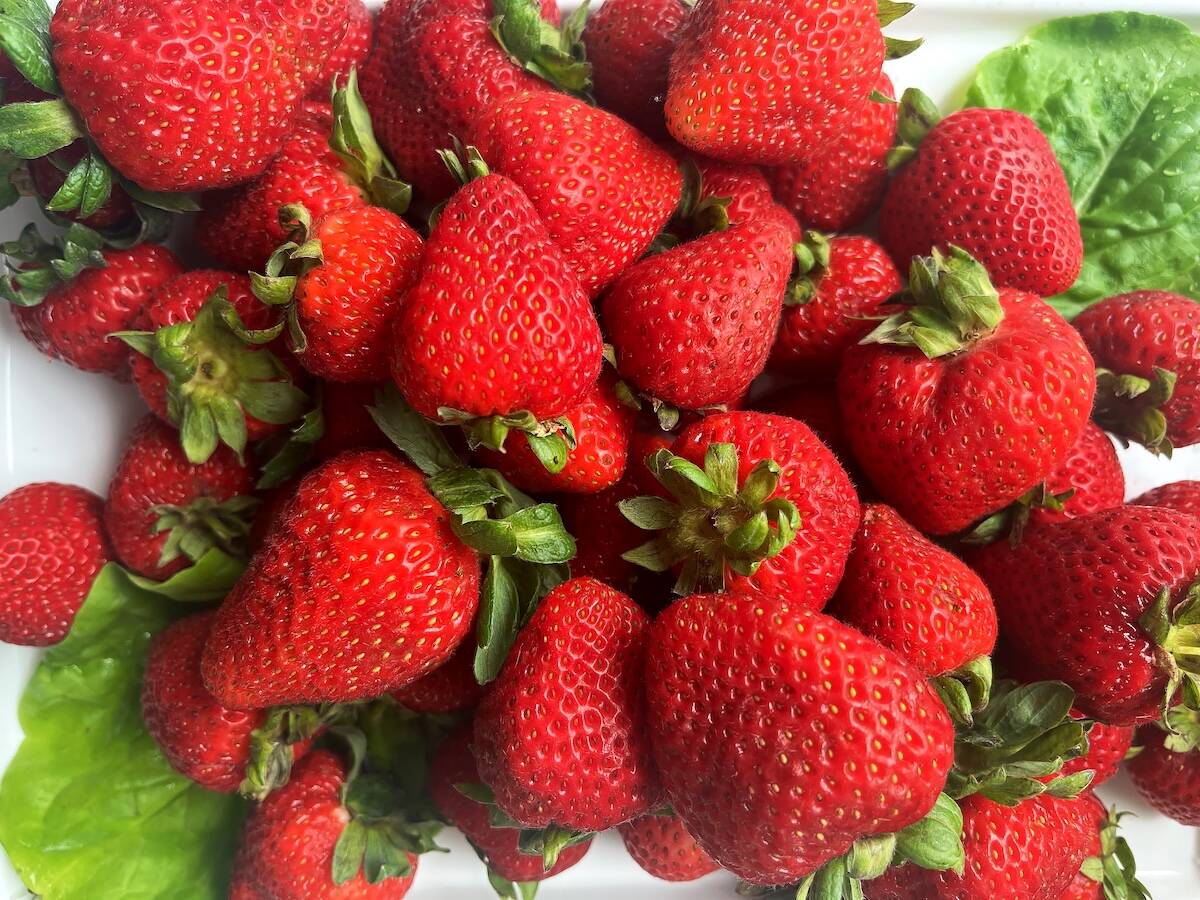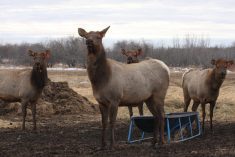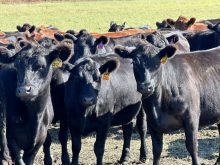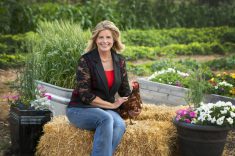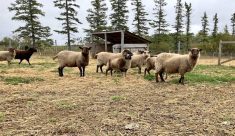With its long, cold winters, growing strawberries as an outdoor crop in Alberta is a risky venture by any measure.
That said, if you’re thinking of growing strawberries, fall is the time to start sourcing what you need, said a strawberry farmer for an Innisfail-area strawberry u-pick venture.
Richard Staples with The Jungle Farm offered procurement advice to fellow and future strawberry growers at a webinar held by the Alberta Farm Fresh Producers Association (AFFPA) Oct. 9.
Read Also
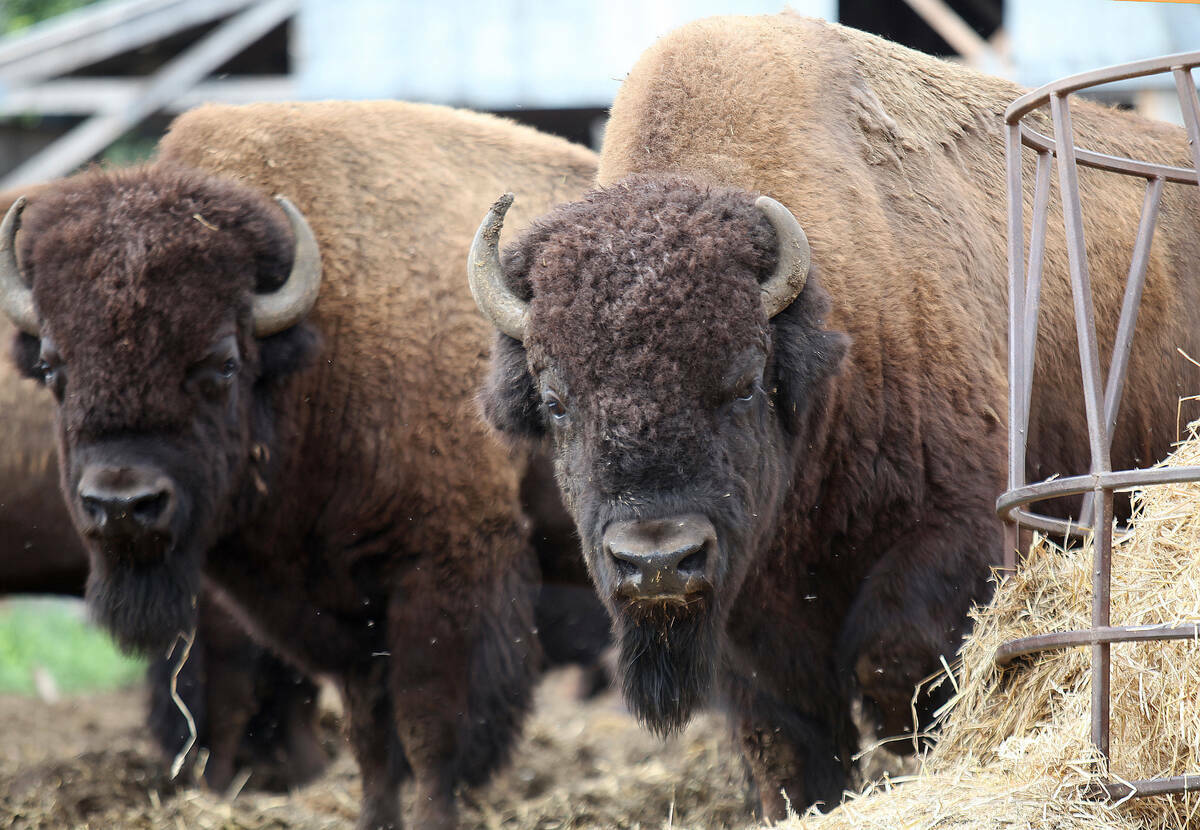
Bison prices remain high, but supply shrinks
Bison numbers are down amid increasing demand and record high market prices.
Kathryn Dragowska, communications and administration coordinator for AFFPA, described the association’s mission, which is “to connect Alberta farmers with local consumers and to support a profitable, sustainable farm direct industry through advocacy, education, promotion and collaboration.”
Fall is the time to order next year’s strawberries
It’s crucial to order strawberry plants from nurseries during the fall, said Staples.
“Some of the nurseries even like it earlier so they can know a year out what they need to produce. But in the fall is definitely when I think the majority of farms start to get their orders in for next year.”

Staples knows this all too well as The Jungle Farm procures plants from nurseries for both customers and their own cropping. The earlier the order, the greater the likelihood of getting deals from nurseries on bulk orders, he said.
Strawberry plants are available through the AFFPA, he said, but he also made general recommendations for nurseries outside the province.
“There’s some great nurseries out in Nova Scotia and down on the west coast of the States as well as a few in Ontario and Quebec,” he noted.
The drop-deadline for making orders to nurseries is no later than the end of November, said Staples.
“That will allow us … to let the nurseries know to make sure we can get those plants that have been ordered.”
Determine your mulch
Mulch is a fundamental tool for overwintering strawberry plants. The period right before freeze-up is the time to apply it, explained Staples.
The kind of mulch you use depends on the needs of your operation. Straw is by far the least expensive and one of the easiest to apply, said the producer, who vouched in particular for soft white wheat straw.
“It has one of the better insulation factories of the different straws that are out there.”
That could include the host of different wheat or barley straws on the market, he said. Alberta Agriculture and Irrigation calls weed-free wheat or rye straw the best mulching material for strawberries.
The Jungle Farm has a large round bale shredder it uses to produce straw mulch. Staples generally aims for 10 to 15 six-foot round bales. “You would have to calculate how much straw you would need per acre.”
Depending on your situation, strawberry producers aren’t necessarily limited to wheat and barley straws for mulch. In fact, some use alternative straws or no straw at all.
“There are some people who use pine straw or just use row cover which is a fabric or ground covering. So there’s a few different options.”
Source fertilizer and pesticides now
The autumn months are a good time for strawberry growers to buy fertilizer, pesticides and irrigation equipment, said Staples, who uses organic fertilizer purchased at his local Central Alberta Co-op.
Liquid fertilizers are applied in-season on The Jungle Farm. Staples buys all his liquid fertilizers from three businesses in Calgary: TerraLink, Professional Gardener and Nutrien.
“We’ve had good luck dealing with them to get different liquid fertilizers or some of the specialty granular (fertilizers) for going through drip irrigation.”
Staples recommended talking to your local UFA or your pesticide dealer if you need specialized crop protection for your berries.
The good news about pesticides for strawberries is that many are the same used on canola crops, said Staples. This means they’re usually in plentiful supply.
In a recent Manitoba Co-operator story, experts told reporter Janelle Rudolph that strawberry growers have between 15 to 20 herbicides to choose from depending on your budget and the problem.
If you u-pick, get packaging
While the ideal for most u-pick operations is to have customers that bring their own baskets or other means of conveyance, this doesn’t always happen, said Staples. That calls for a need for packaging such as pails, baskets or clamshell containers.
Although he was at a loss for naming any specific packaging business suitable for strawberries, Staples said packaging should be some of the easiest equipment to acquire in the strawberry space.
Follow BMPs
All the mulch, fertilizers and crop protection for strawberries in the world won’t matter if beneficial management practices are not employed. Appropriate crop rotations are highly encouraged for a number of reasons, with the prevention of verticillium wilt figuring highly among them.
Reads a Manitoba Ag article, “Do not plant strawberries following strawberries, raspberries, potatoes, tomatoes, peppers, eggplant, sunflowers and alfalfa. Summerfallow for at least two years between crops, if possible.”
Even wind direction requires consideration, The government department recommends planting strawberries parallel to prevailing winds to encourage speedy drying of the foliage and fruit.


